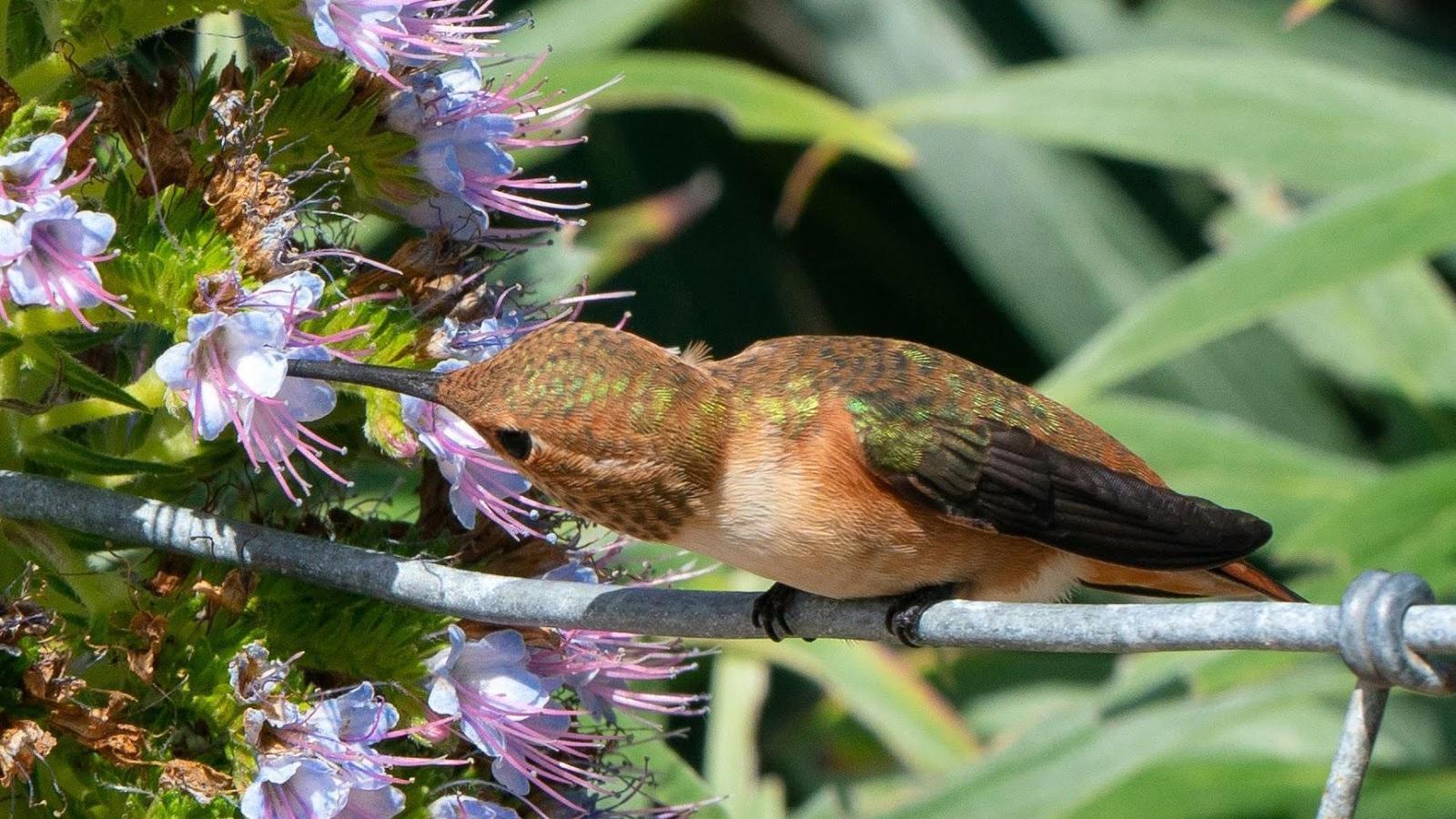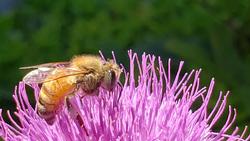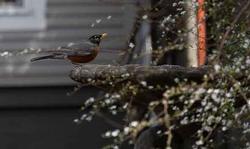About Pollination & Pollinators

"The birds and the bees" is a sweet expression, but the work of pollinators is a serious business. Without pollination, life on Earth would cease. Choosing plants and creating a habitat that invites pollinators like bees, butterflies, and hummingbirds is a basic tenet of Earth-friendly gardening. Welcoming these winged visitors into our gardens is easy and satisfying.
What is pollination?

Botanically speaking, pollination is the transfer of grains of pollen from the male anther of a flower to the female stigma. The pollen germinates on the stigma, fertilizing the plant ovary. This leads to fruit and seed production.
Many plants and pollinators have co-evolved over time to exchange services. The plants reward pollinators with sweet nectar or pollen, so the pollinators keep showing up. As a result, their fates are inextricably bound.
Cross-pollination occurs when pollen moves from one plant to the stigma of another plant.
Self-pollination happens when the pollen and the stigma come from the same plant.
Why does pollination matter?
Essential for ecosystems. Without pollinators, humans and all the Earth's ecosystems could not survive.
Essential for food production. 75% of the world's flowering plants depend on pollination from bees, butterflies, birds, bats, moths, beetles, and other small animals (25% of plants are wind-pollinated). Pollination accounts for one out of every three bites of food we eat. Besides our food, plants provide many other critical benefits.
Essential for biodiversity. Pollinators contribute to biodiversity, a key measure of a healthy ecosystem.
Why have pollinator populations declined?
• Habitat loss from agriculture and development
• Introduction of non-native plant species. Many pollinators need specific plants. Non-native plants may lure pollinators away from more nutritious native species.
• Diseases
• Climate change– pollinators from warmer temperatures may move northward, displacing other pollinators.
• Pesticides
• Pests and diseases
• Pollution
Tips for attracting pollinators and other beneficial insects

Year-round blooms - Provide a variety of plant for staggered blooms throughout the year.
Go large - Plant flowers in large clumps rather than single plants.
Avoid modern hybrid flowers. These blossoms often do not provide pollen, nectar, or fragrance.
Don't forget night-blooming flowers for moths and bats.
Include larval host plants for caterpillars. They will eat them so place where leaf damage is less visible.
Reduce or remove conventional lawn, which does not provide benefits for pollinators.
Water supply - Provide a source of water. Create a pond or stream using a recirculating pump. Add a drip line to a birdbath, pail, saucer, or even a depression in a stone. Think about neighborhood felines when deciding on placement.
Avoid pesticides - Beneficial insects act as biological pest control by killing destructive garden pests.
